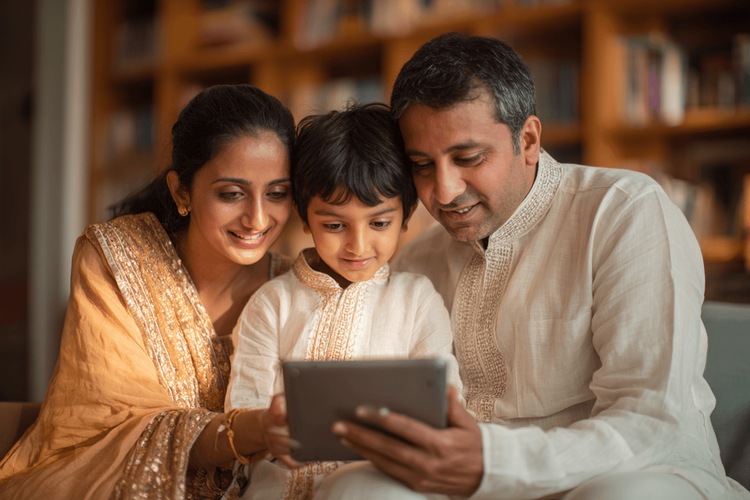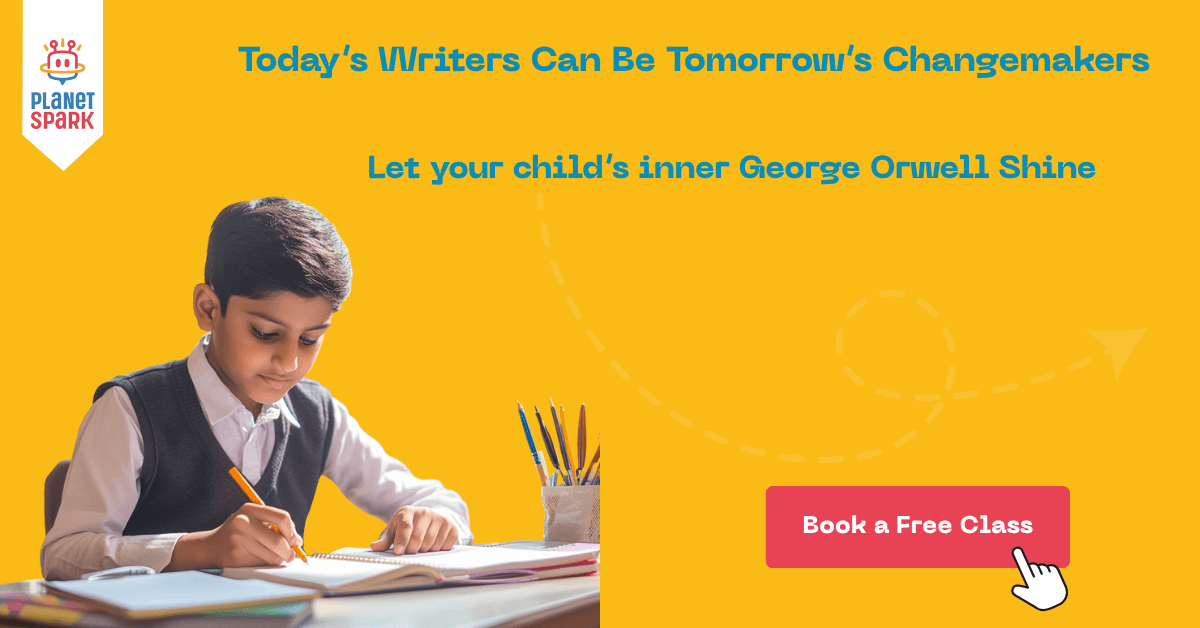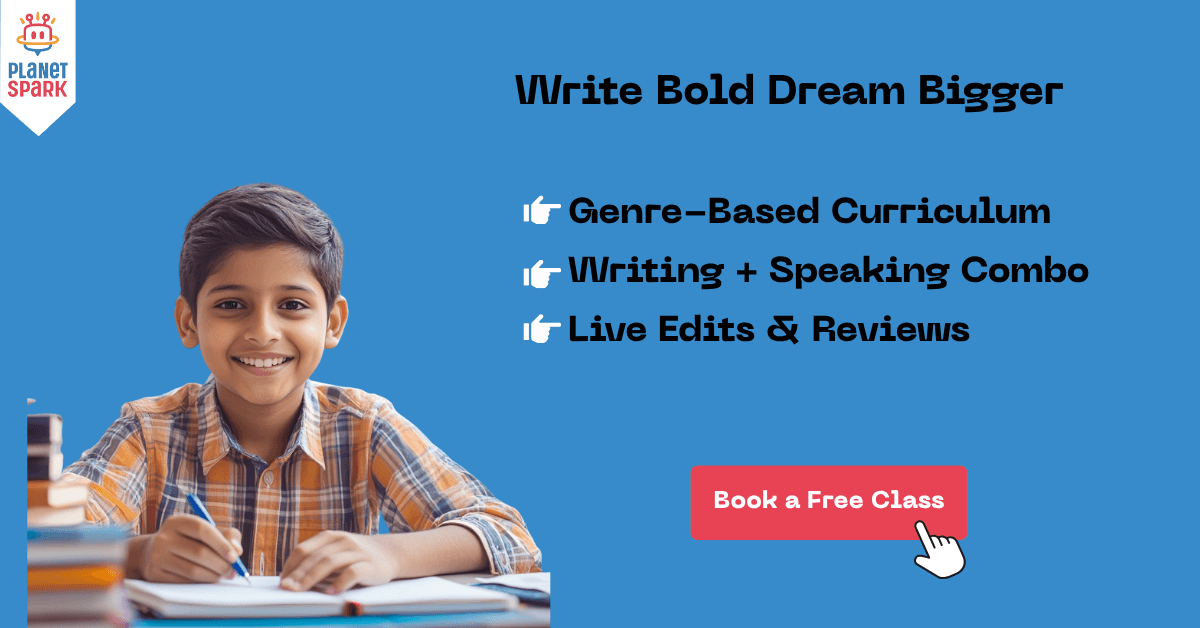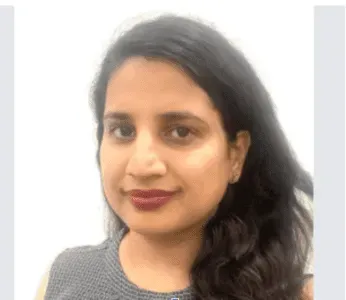Should the Government Censor Internet Content? Pros & Cons Explained

Table of Contents
- What Is Internet Censorship?
- Why Do Governments Censor Internet Content?
- The Dangers of Over-Censorship
- Internet Censorship Laws in India
- Global Approaches to Censorship
- Should Censorship Be Left to Governments or Tech Platforms?
- Finding a Middle Path: Responsible Regulation
- Conclusion
- Why Creative Writing Skills Matter in the Digital Era
- FAQs: Government Censorship and Internet Content
The internet is a vast universe of information, opinions, entertainment, and ideas. While this openness brings freedom and innovation, it also gives rise to content that can be harmful, misleading, or dangerous. This raises a serious question: Should governments have the authority to censor internet content they consider inappropriate?
This blog explores both sides of the debate, provides examples from India and the world, and discusses how we can find a balanced approach that protects both public safety and freedom of expression.
What Is Internet Censorship?
Internet censorship refers to the act of controlling, restricting, or suppressing what can be accessed, viewed, or shared online. This control is typically exercised by governments, although private corporations and internet service providers also play a role in moderating online activity.
Forms of censorship may include:
Blocking access to certain websites or platforms
Removing or filtering specific content
Banning social media applications
Monitoring online communications
Penalizing individuals for online speech
While censorship can be imposed to protect users from malicious or illegal content, it often raises concerns about freedom of expression and privacy. When governments decide what is deemed “inappropriate,” there’s always a risk of political or ideological bias influencing those decisions.

Why Do Governments Censor Internet Content?
While the idea of censorship may sound authoritarian, there are legitimate reasons why governments take this approach. Let’s explore the rationale behind it.
1. National Security
The internet can be exploited by terrorist organizations, hostile foreign agents, and cybercriminals. Censorship is used as a tool to block propaganda, disable access to sensitive government data, and prevent the coordination of illegal activities. For instance, content promoting terrorism, violence, or sedition may be quickly taken down to avoid real-world consequences.
2. Protecting Public Morality
In many countries, especially those with conservative cultural values, governments intervene to block content deemed obscene or immoral. This includes pornography, graphic violence, or media that promotes drug use, self-harm, or hate speech.
3. Preventing Misinformation and Fake News
The spread of misinformation, especially during elections, health emergencies, or civil unrest, can create panic, confusion, and social division. Governments may censor content that promotes conspiracy theories, false medical advice, or unverified news.
4. Safeguarding Children and Vulnerable Groups
Children and adolescents are especially vulnerable to inappropriate content. Censorship tools help block access to harmful websites, age-inappropriate material, or cyberbullying platforms. Governments may also require platforms to comply with child-safety policies.
5. Preserving Cultural and Religious Harmony
In countries with diverse religious or ethnic populations, internet content that insults religious figures, mocks traditions, or incites communal tensions can be censored to prevent societal unrest.
6. Political Stability
Some governments argue that censorship prevents the spread of political rumors or protest calls that can lead to instability. However, this is also where censorship becomes most controversial, as it may be used to suppress dissent.
The Dangers of Over-Censorship
While there are valid reasons for content moderation, unchecked censorship poses serious risks to a free and open society.
1. Suppression of Free Speech
When governments gain too much control over what people can say or see online, it restricts the public’s ability to express opinions, question policies, or challenge authority. This can create a culture of fear and silence.
2. Abuse of Power
Without checks and balances, censorship can become a political weapon. It may be used to shut down criticism, manipulate elections, or prevent exposure of corruption.
3. Lack of Transparency
In many countries, including India, websites are blocked or content is removed without clearly stating the reason. Users often have no way of knowing why something is unavailable or how to challenge the decision.
4. Restriction of Information Access
Blocking websites or search results can prevent users from accessing knowledge, learning materials, or news from credible sources. This is especially dangerous in health, education, and civic engagement contexts.
5. The Streisand Effect
Ironically, attempts to suppress content can sometimes make it more popular. When people realize something is being hidden, curiosity and defiance can lead to wider sharing of that content.
A major example is India’s now-defunct Section 66A of the IT Act, which allowed arrests for "offensive" online posts. In 2015, the Supreme Court struck it down in the Shreya Singhal vs Union of India case, affirming that vague censorship laws violate the constitutional right to free speech.
Internet Censorship Laws in India
India has a complex legal framework that allows the government to block or censor digital content under specific circumstances. The key legislations include:
1. Information Technology Act (2000)
Section 69A of the IT Act allows the government to direct internet providers to block content in the interest of:
National security
Public order
Sovereignty of India
Friendly relations with foreign nations
Preventing incitement to any cognizable offence
The orders are passed through a confidential process, and users or platforms have limited ability to contest the decisions.
2. IT Rules 2011 & 2021
The IT Rules mandate that platforms take down content flagged by the government or users within a specified time. The 2021 update increased the government’s control and required platforms to appoint grievance officers and offer traceability of messages.
3. CERT-IN (Indian Computer Emergency Response Team)
This body is responsible for issuing takedown notices and managing cyber threats. It works directly under the Ministry of Electronics and IT.
4. Judicial Interventions
Courts in India have periodically intervened to protect free speech and strike down unjust censorship laws. For example, the Mouthshut.com vs Union of India case highlighted how intermediaries were unfairly penalized for user content.
Global Approaches to Censorship
Different countries handle internet censorship in different ways:
China: Implements strict censorship through its “Great Firewall,” banning platforms like Google, Facebook, and Wikipedia.
Iran: Severely limits access to international news and social media.
Germany: Fines platforms for failing to remove hate speech within 24 hours.
USA: Upholds strong free speech protections; content is only censored if it incites violence or violates federal law.
Australia: Blocks violent or extremist content but allows debate and expression.
These examples show that censorship is not a one-size-fits-all solution. Cultural, political, and legal systems influence how censorship is applied and justified.

Should Censorship Be Left to Governments or Tech Platforms?
A growing part of the debate revolves around whether governments should regulate the internet or whether tech companies like Google, Meta, and X (formerly Twitter) should moderate content.
Tech platforms already have community guidelines, content filters, and AI moderation tools. However, these measures are often:
Inconsistent across regions
Lacking transparency
Driven by business interests
Not open to public accountability
When private companies make censorship decisions, users have limited rights or clarity. At the same time, handing over full control to governments opens doors to misuse. Many experts suggest a hybrid model where independent bodies oversee censorship decisions with public accountability.
Finding a Middle Path: Responsible Regulation
A balanced approach to internet governance should include:
Clear definitions of what constitutes inappropriate or harmful content
Transparent processes for content removal or blocking
An independent grievance redressal mechanism
Accountability for misuse of censorship powers
Promotion of digital literacy and awareness
Especially in a diverse and democratic country like India, the focus must shift from blanket bans to user education and platform accountability.
Want your child to be a confident communicator in the digital age?
PlanetSpark’s Public Speaking and Critical Thinking courses empower kids to express themselves clearly, analyze online content wisely, and become responsible digital citizens.
Book a FREE Trial Class Today
Conclusion
The question of whether the government should be allowed to censor internet content is not a simple yes or no. It involves balancing two equally important priorities: protecting society from harmful content and preserving the freedom of speech.
When used sparingly and transparently, censorship can serve a protective role. But when applied broadly and without accountability, it undermines democracy, stifles expression, and reduces access to truth.
The path forward lies in empowering citizens, especially the younger generation, to understand, evaluate, and navigate online spaces responsibly. Only through education, awareness, and transparent governance can we create an internet that is both safe and free.
Why Creative Writing Skills Matter in the Digital Era
The rise of the internet has transformed how people communicate, especially children and teens. But with so much content being consumed and shared, kids need to learn not just what to say, but how to say it effectively and responsibly.
That’s where PlanetSpark’s Creative Writing Program plays a crucial role. Through structured learning, 1:1 mentorship, and real-world writing activities, children build strong storytelling, argumentation, and online expression skills.
Whether it’s writing blogs, crafting social media posts, or responding to debates, creative writing nurtures clarity, originality, and confidence.
If you want your child to thrive in the digital-first world of ideas, communication, and influence, creative writing is no longer optional; it’s essential.
Explore PlanetSpark’s Creative Writing Courses to develop your child’s voice, vocabulary, and versatility in every format from fiction to facts.
FAQs: Government Censorship and Internet Content
Q1. What is internet censorship?
Internet censorship is the regulation or suppression of digital content by governments, institutions, or platforms to control what users can access online.
Q2. Why do countries like India censor online content?
To protect national security, preserve cultural values, prevent misinformation, and block harmful material.
Q3. What are the legal tools for censorship in India?
The IT Act (Section 69A), IT Rules 2021, CERT-IN powers, and specific court orders.
Q4. Does censorship affect free speech?
Yes, excessive or vague censorship can suppress freedom of speech and restrict public discourse.
Q5. How can I help my child stay safe online without censorship?
Teach digital literacy, supervise their online activities, and enroll them in communication-focused programs like those offered by PlanetSpark.
Personalized Communication Report
Record a video to get a AI generated personalized communication report for your child

Hi There, want to try these
tips for your child with
LIVE with our expert coach?
Let's check your child's
English fluency
